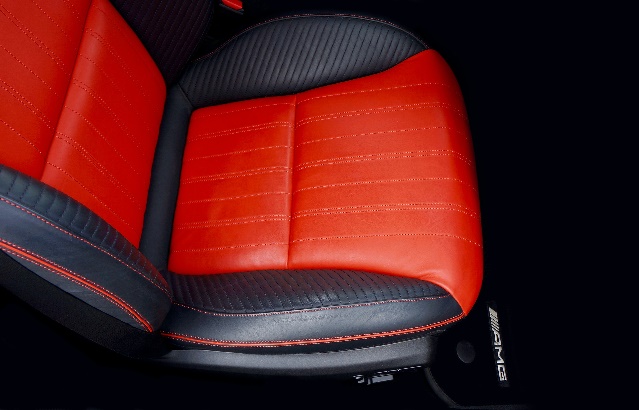Polyurethane foam is an unquestionably effective insulator and sealant. Because there are numerous types of this product on the market, it is worthwhile to learn more about their properties. Learn how different types of polyurethane foam differ and what applications they have.
PU foams & properties of PU foams
Polyurethane is primarily composed of two raw materials derived from crude oil: isocyanate and polyol. A chemical reaction begins after the system’s two process-ready liquid components and various auxiliary materials, such as catalysts, foaming agents, and stabilizers, are mixed.
Above all, it has good thermal properties, as it can withstand a wide range of temperatures (from –200°C to +135°C). The average thermal conductivity coefficient of polyurethane foam is 0.026 W/m2, and the best apparent density after rigid foam curing is usually 35 – 50 kg/m3.
The most significant benefit of PU foam is its excellent thermal insulation properties. Polyurethane foam is also resistant to fungi and mould, as well as relatively high loads. As a result, it is unquestionably an ideal material for any construction and renovation work, such as thermal and acoustic insulation, as well as fitting and sealing (in the case of flexible polyurethane foam). PUR foam has a porous structure and provides perfect adhesion to both vertical and horizontal surfaces. Porous materials contain hollow cavities on the inside. Porosity is a property that indicates the volume and number of pores of a given diameter. Polyurethane foam also has a short treatment time and retains its chemical neutrality after curing. When it comes to the material’s drawbacks, its relative flammability and low resistance to UV radiation are frequently mentioned.
Single-component and Two-component foams
Single-component foam is used in unrestricted air flow rooms and outdoors. The reason is straightforward. The higher the humidity (over 35% ) and air temperature, the faster the foam cures. Because foam expands by around 35% in volume in about 25 minutes, cavities must be filled in about 50% or 60% of the time.
Without the presence of moisture, two-component fitting foam is chemically cured. As a result, it can be used in difficult-to-access areas that are dry and require high-quality foam. This type of foam is also suitable for permanently joining woodwork. Because two-component foam expands in volume by around 30% in about 25 minutes, you should avoid filling cavities.
Open-cell and Closed-cell foams
There are two types of polyurethane foam: open-cell and closed-cell. The former is intended for indoor use, specifically for insulating walls and roofs and increasing acoustic comfort in a room, as polyurethane foam has a very high noise reduction coefficient in addition to thermal insulation properties. Because open-cell foam is vapor-permeable, we can say that a surface covered in it “breathes.” It is easily applied to a membrane or boarding when sprayed from the inside, directly on the roof.
Another type of foam is closed-cell polyurethane foam, which is used outdoors and in high-humidity rooms due to its high water resistance, rigidity, and strength. Its structure is made up of more than 90% closed cells, and its density ranges from 30 to 60 kg/m3. Closed-cell polyurethane foam has a thermal conductivity coefficient ranging from 0.02 to 0.024 W/(m*K).
The parameters of closed-cell foams vary depending on their application. It is ideal for insulating foundation walls, ceiling structures, roofs, and floors, on the one hand. On the other hand, it can be used to insulate production floors, warehouses, cold stores, and livestock buildings in industrial and agricultural building.
Summer, winter, and whole-year foams
The outdoor temperature range during treatment can be used to differentiate polyurethane foams. Winter foams, as the name implies, are used when the temperature is below 10°C, whereas summer foams are used when the temperature is above 10°C. The best temperature tolerance is found in all-year foam. However, keep in mind that the latter should be avoided in both extremely low and extremely high temperatures.
SMFPL Product Offerings
At Shree Malani Foams, almost all types of foams are being manufactured. SMFPL cater to different needs in Technical grade, Bedding grade & Furniture grade. With a wide range of colors, densities, and sizes, We also provide custom or tailor-made products too. With the best in the industry, Shree Malani Foams offers vivid foaming solutions.
For more information, contact Shree Malani Foams Pvt Ltd. Our team of technical specialists will help you with a just-right solution for your product demands



